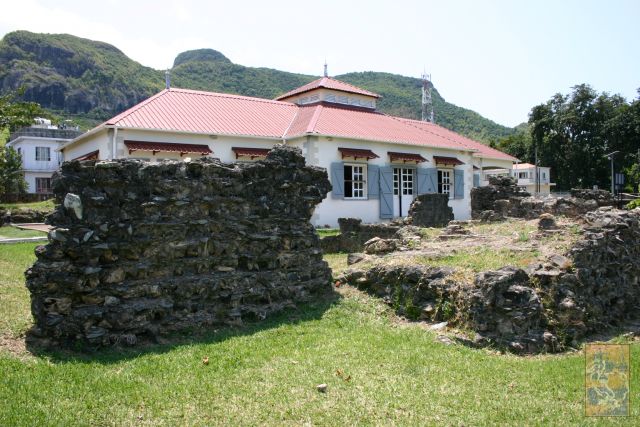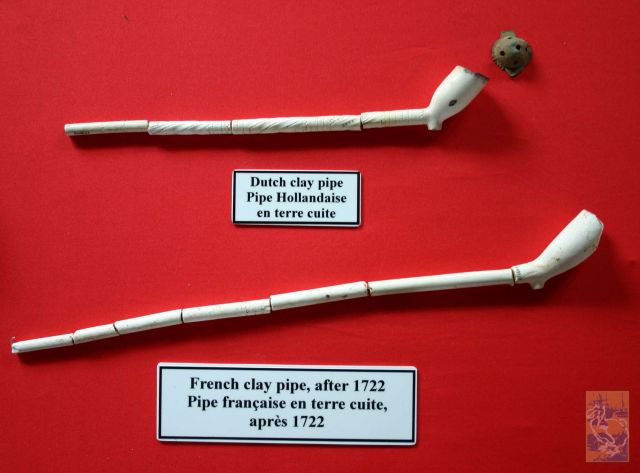Frederik Hendrik Museum
About The Museum
The Vieux Grand Port Historic Site is a National Heritage. The structures visible above the ground are all of French origin, built on the very ruins of the Dutch Fort Frederik Hendrik after 1753. They consist of a lodge, a prison, a bakery, a bancassal and a blacksmith’s workshop. On the walls of the lodge there are graffiti depicting 18th /19th century ships. In the year 2000, the remains of the Dutch Fort Frederik Hendrik were excavated. They lie some 50cm deep into the ground. The historic site extends beyond the Notre Dame de Grand Pouvoir Church which is located adjacent to the main ruins. It also contains the ruins of the first Catholic Church, established by Mahé de Labourdonnais in 1737 and a powder house built during the French period (1722- 1810).
The Frederik Hendrik Museum has one permanent display room in which panels and artefacts are exhibited. A “maquette “of the site, found in the Reception room, helps in the orientation of visitors. Also images of the ongoing archaeological activities on the site and casts of features of the Fort Frederik Hendrik are displayed here.
The permanent exhibition is located in the Main Hall. The exhibits have been arranged under different themes to enlighten the visitor on the 400 years of the occupation and use of the site. They consist of building materials: stones, bricks, nails; military objects like musket balls, canon balls, flint stones; everyday life artefacts and implements- sickle, hoe, beads, coins, clay pipes, ceramics and potteries, cooking utensils; and food remains- bones of fish, cattle, deer, pigs, dugong, tortoise, shells etc. The panels depict the activities of the Dutch in Mauritius and Indian Ocean, 17th century maps, and pictures of Maurits Van Nassau and Frederik Hendrik, stathoulders of the Netherlands. A reduced model of a Dutch East Indiaman is on show.
Documentaries are also projected at the museum for the visitors. Every year, a two-month archaeological excavation on the site is carried out with the help of Dutch researchers

